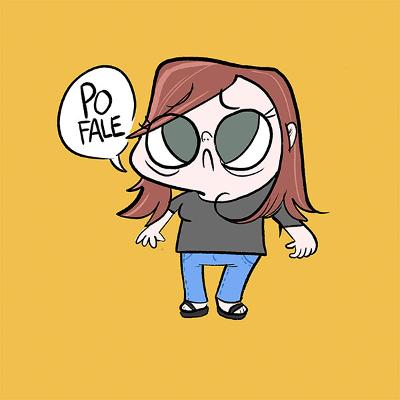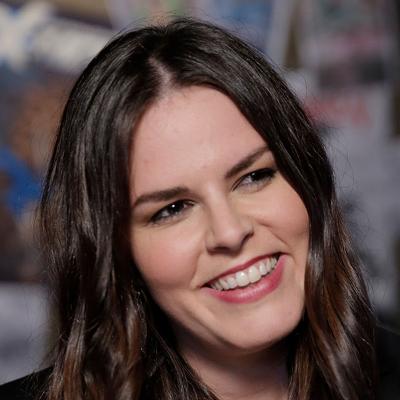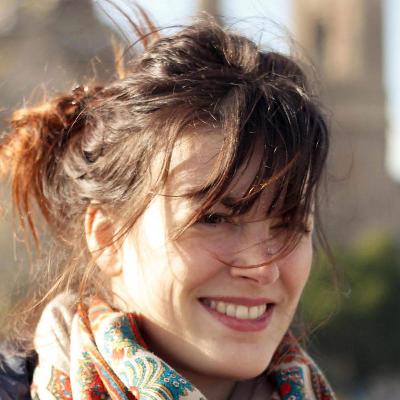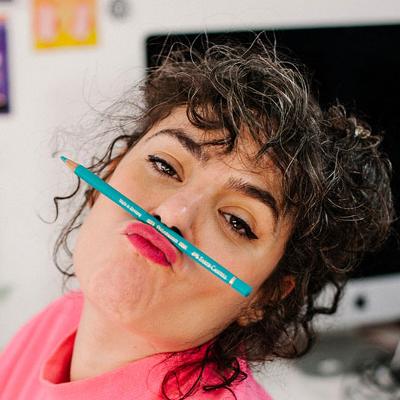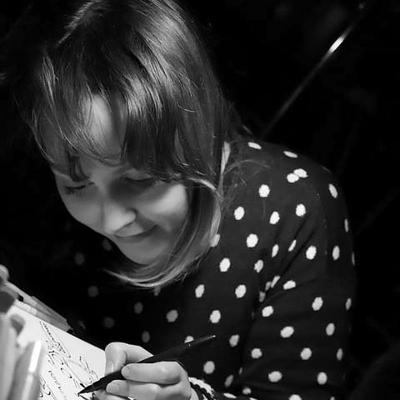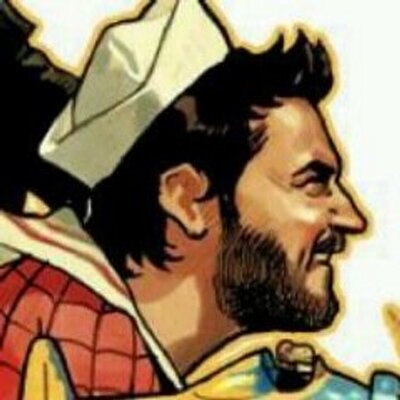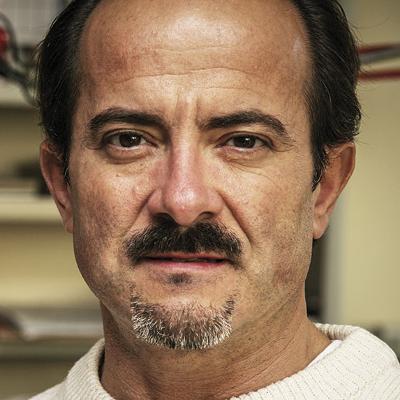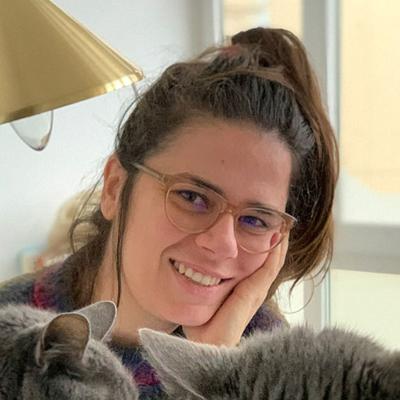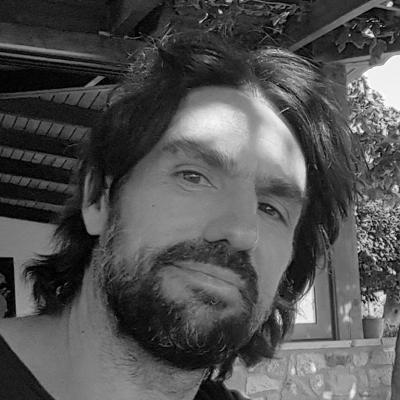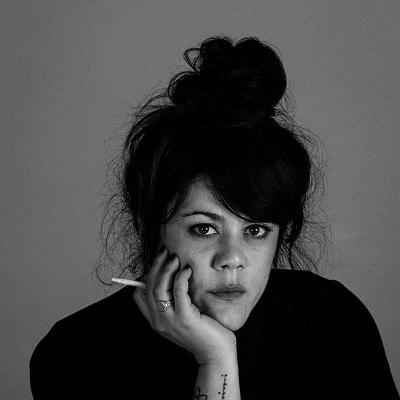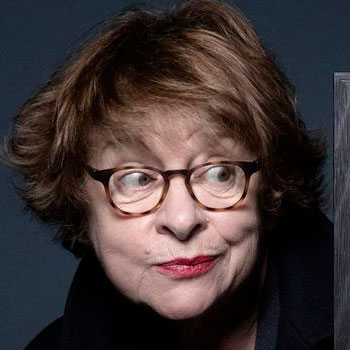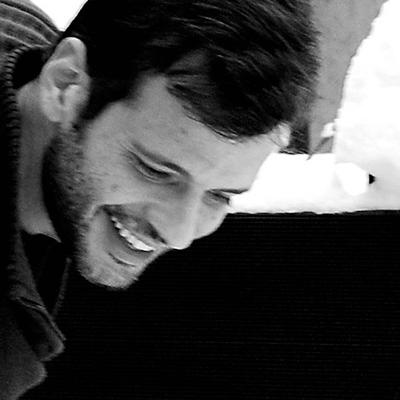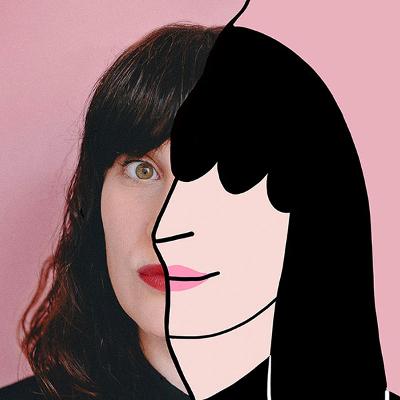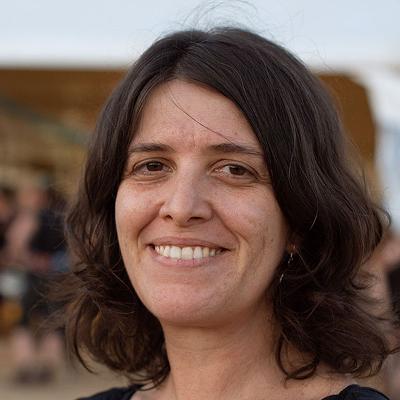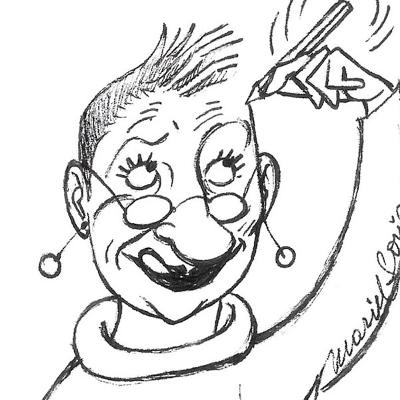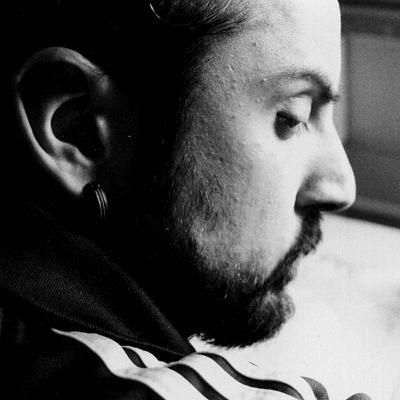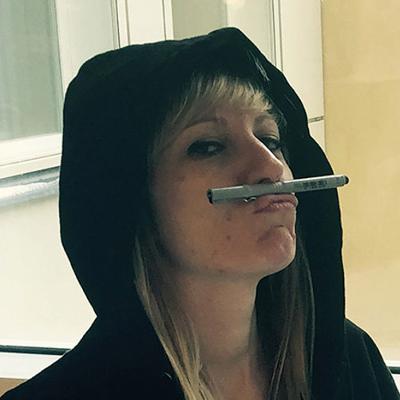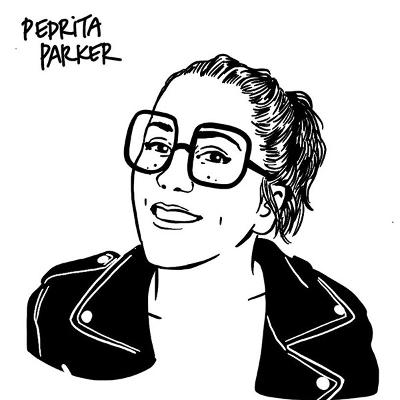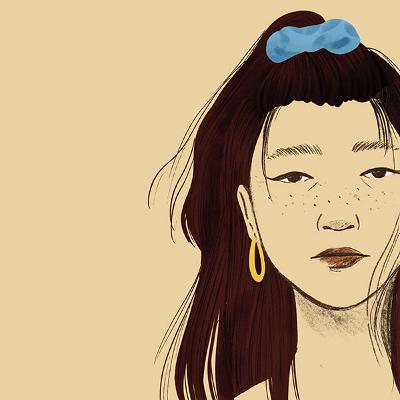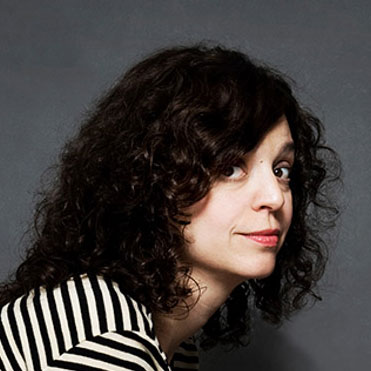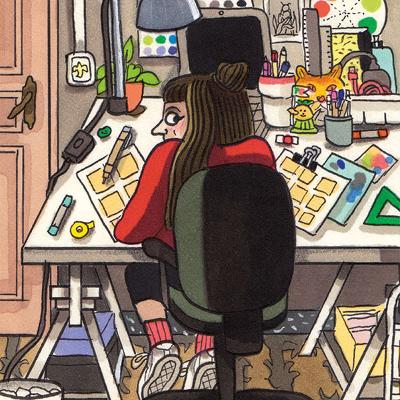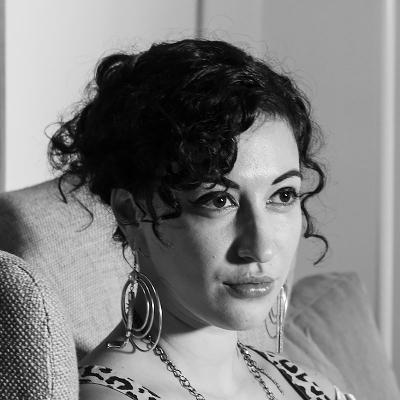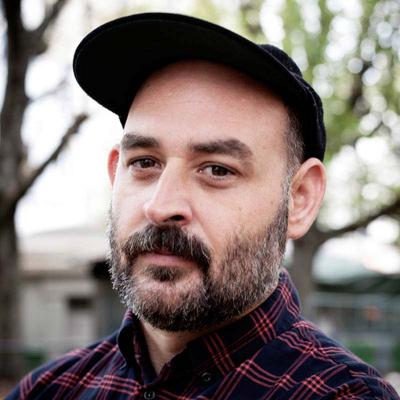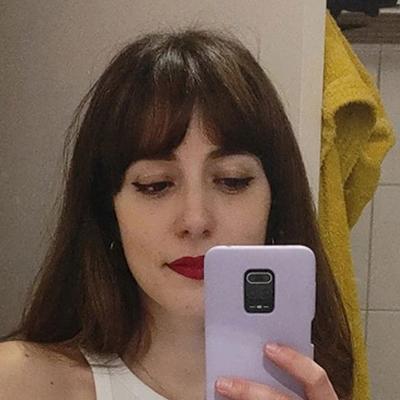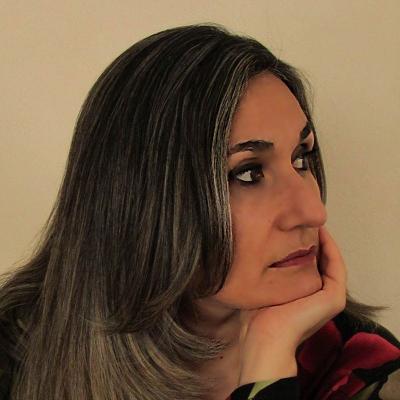Daniel was born in Teresa de Cofrentes (Valencia) on August 20, 1958, even though he began his career in architecture, he completed his studies in Fine Arts at the Universitat Politècnica de València. His first comics were published in El gat pelat, a fanzine promoted by Manel Gimeno with more collaborators as Miguel Calatayud, Sento or Micharmut. Shortly after, he would join the magazine El Víbora with the adventures of Claudio Clueco, where he explores the noir genre in his own style. Asesinato en 24 imágenes por Segundo (Murder in 24 Frames per Second), was Claudio’s first adventure, a work greatly influenced by Dashiell Hammett and the American underground, initiating a path that would continue with El ángel caído (The Fallen Angel), the first long adventure that would draw the interest of French publishers such as the prestigious Futuropolis, which would include it in its famous collection.
In 1982, Torres started drawing in the new magazine Cairo with Opium, a series based on the novels of Sax Rohmer but with a pop and carefree vision that would start defining his style that would become popular the following year with Triton, the first installment of Las aventuras siderales de Roco Vargas (The Sidereal Adventures of Roco Vargas); a space opera that was initially planned to last four installments and that helped to develop the talents of the artist. El misterio del susurro (The Mystery of the Whisper), Saxxon and, specially, La estrella lejana (The Faraway Star) are considered as the cycle of maturity of the author. He closed the series in 1987 with a work that is already considered a classic of Spanish comics.
Meanwhile, Torres produced the album Sabotage! for Magic Strip and began a successful career as an illustrator. In the 1990s he began a new series, El octavo día (The Eight Day), where he developed his concept of a fable and the confrontation between fiction and reality. Simultaneously, there is a relaunch of Opium in a comic book collection in collaboration with Ramón Marcos, Incha and Paco Hernández. He also began to work for the American market with short stories (some of them scripted by Alan Moore), but always with his homeland in mind, creating Te veo IVAM for the Valencian Museum of Modern Art. In 1995 he created another fundamental character in his career: Tom the dinosaur, a children's series published by the children's supplement of the Spanish diary El País. At the end of the decade, he worked again for the American market with the miniseries El ángel de Notre Dame (The Angel of Notre Dame).
He would resume his most famous creation in the 21st century, Roco Vargas, with four new installments that he combined with illustration works and his debut on television with the animated version of Tom the dinosaur. In 2009 he published his first graphic novel, Burbujas (Bubbles), and since then he has dedicated himself to his work as an illustrator and to the development of La casa (The House).


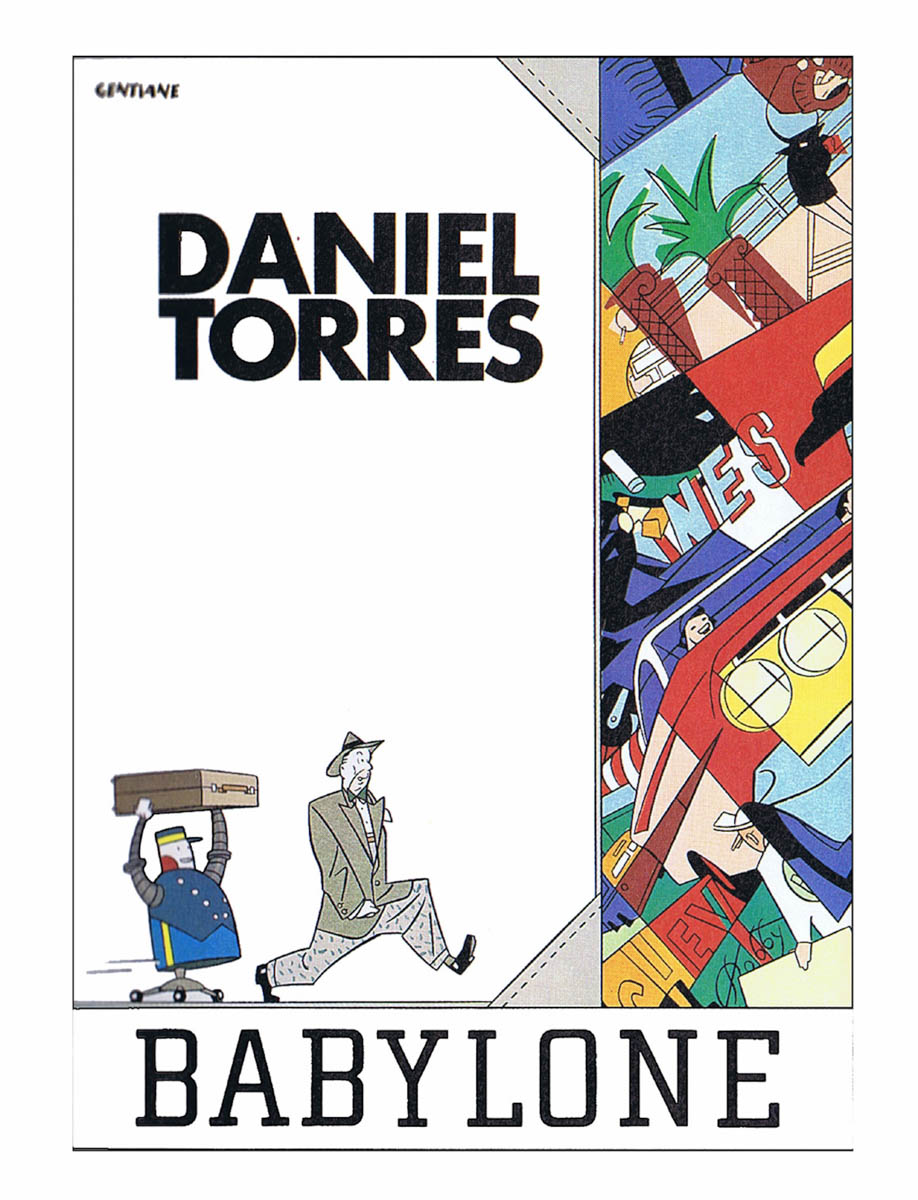
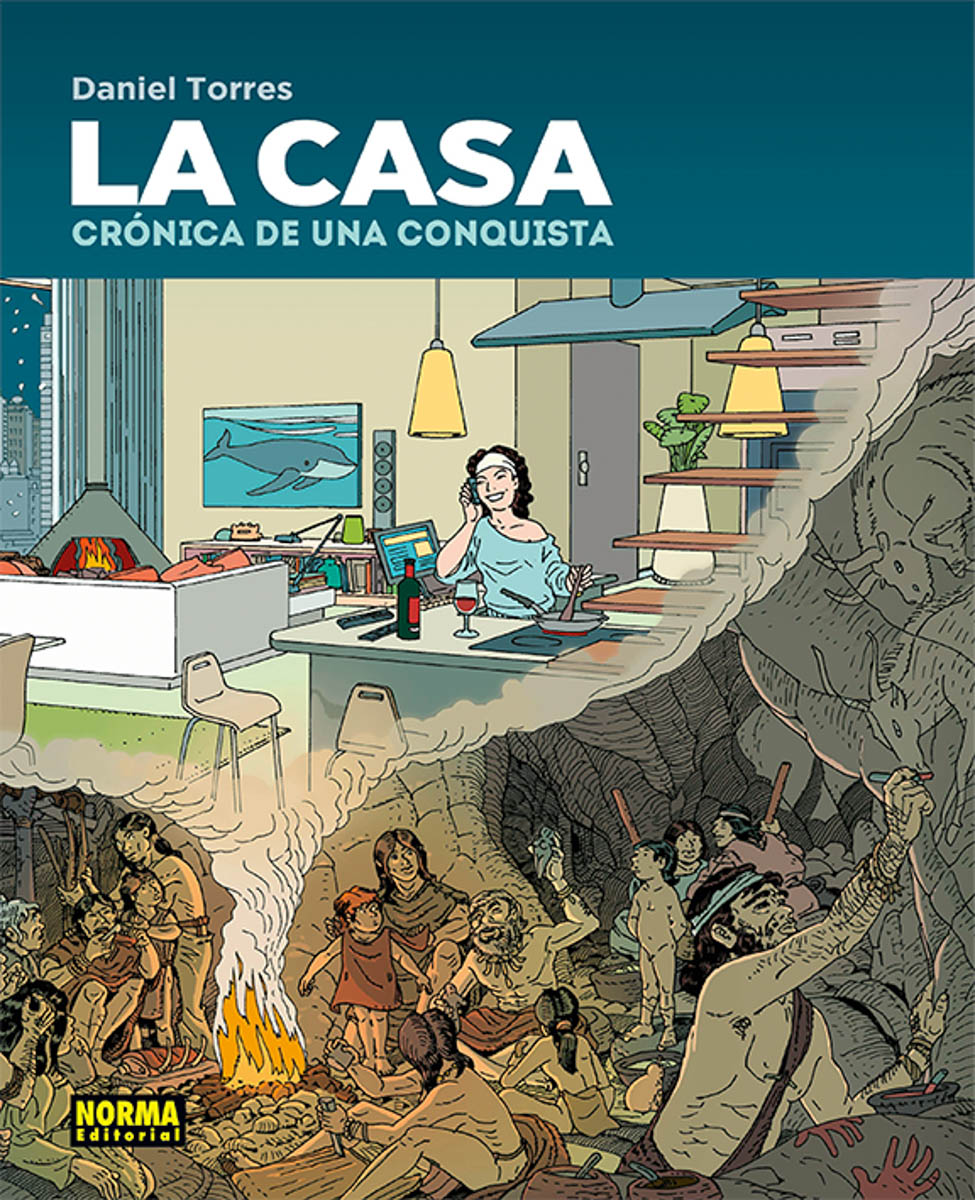
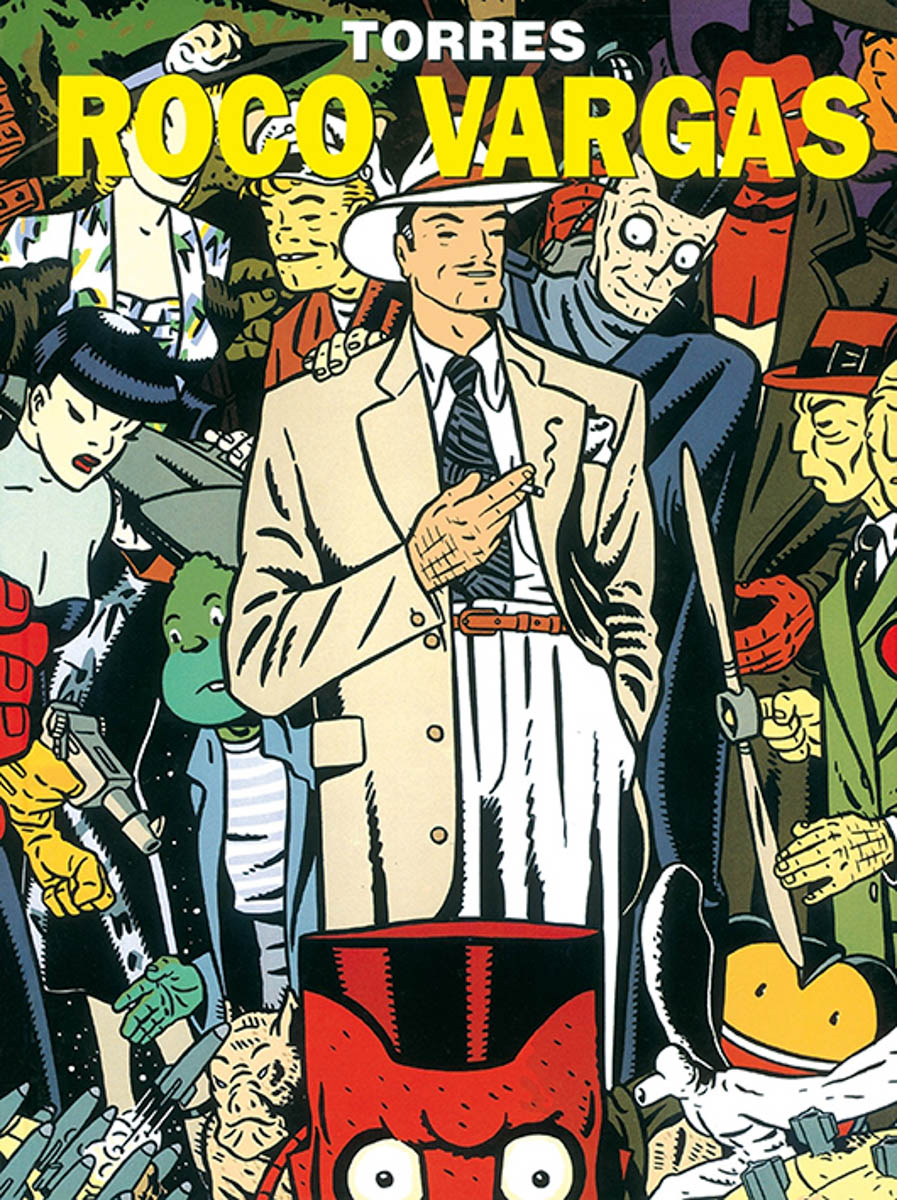
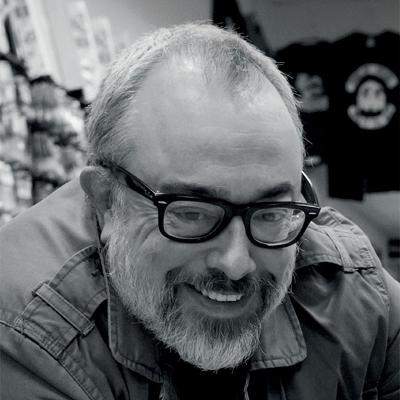
 Álex de la Iglesia
Álex de la Iglesia 